Today, we are starting a new series called ‘How we covered it’. In this series, we will see how we at India 360 travelled across the states we covered. India is a huge country and there are more than a million ways to plan your trip. In this series, we hope to give you ideas on how to travel each state. Please feel free to follow the same part of or the entire path as we did or, of course, modify the route as it suits you.
We start with God’s own country, Kerala.
Phases
We entered and exited Kerala three times in trip India 360. Each time, the entry and exits were to and from the state of Tamil Nadu.
Phase 1 was a half-a-day visit inside the Parambikulam forest reserve. We did it on the same day that we visited the adjoining Top Slip reserve in Tamil Nadu. The same forest reserve is known by two different names across the borders, with a forest station or a village lending its name to the zone.
Phase 3 too was a 2-day drive. We left Theni in Tamil Nadu for Munnar. But while exiting Munnar, we used a different road to exit to Udamalpet & proceeded to Palani.
Phase 2 was our main phase dedicated to deep exploration of Kerala. We spent 25 days in the state covering the length and breadth of God’s own country, discovering that each sub-region had its own uniqueness. I would like to divide our main phase into three phases: North-west Kerala, north-east Kerala and south Kerala.
We travelled all of Kerala with our hatchback car, EON Magna 814cc. If you want to drive around Kerala on your own, then this post is definitely for you. But the state transport buses of Kerala are excellent, as are the inter-state buses between Kerala and Tamil Nadu. So you should be able to follow most of our route even when using buses and other forms of public transport. However, you will have problems navigating through the towns of Wayanad district, since bus service is not available in certain parts of the district due to extremely narrow Ghat roads.
Phase 1: Parambikulam
Parambikulam is a forest reserve that doesn’t disappoint. In our bus safari conducted by the forest reserve, we saw a herd of wild elephants, a lone tusker, bisons, sambar deer and several other species. We couldn’t spot big cats, but we only spent half a day there. The nearest Kerala city to Parambikulam is Palakkad. But I recommend that you drive in from Tamil Nadu’s Pollachi (Coimbatore district), covering both Top Slip and Parambikulam in a single phase that lasts a day or two or even three. Forest lodges are available in both Top Slip and Parambikulam, the latter’s accommodation being much better.
Phase 2: North-west Kerala
The coastal area of north-west Kerala is part of the erstwhile Malabar kingdom. The demographics of the region have been culturally altered by Islamic rulers such as the Bahamanis, Mysore Sultanate and Christian missionaries. You will find some of India’s best beaches in north-west Kerala.
Giant waterfalls: After visiting Valparai in Tamil Nadu, we crossed the Kerala forest checkpost to entered the forests adjoining the Chalakudi river. The river flows through the moutainous forests and plunges thrice before it reaches the plains of north-western Kerala. The three waterfalls formed by the river are Vazhachal, Charpa and Athirapally, with the third one being the most stunning waterfall of the three.
Thrissur: To me, Thrissur appears to be the city right in the centre of the state of Kerala. The centre of the city itself has the iconic Vadakkunnathan Shiva temple. The city is famous for its annual Thrissur Puram festival. Apart from the temple, the city has the palace of the Kochi king Shakthan Thampuran, the Vaidyaratnam Ayurveda Museum and Our Lady of Dolours Basilica. The church’s spire has a viewpoint from where the whole city is visible. If you feel like trekking, there is a beautiful waterfall named Ainjalpara, on a hill about 20km from Thrissur.
Guruvayoor: Guruvayoor is famous for its Shri Krishna temple, with the Lord being referred to as Shri Guruvayoor Appa. Two more places of interest are the elephant training camp and the Kerala Mural school.
Kottakkal: Kottakkal is the leading town in India for Ayurvedic healing. The Kottakkal Arya Vaidya Sala was started by P S Warrier. People from all over India and even from Gulf and Western countries travel to Kottakkal for rejuvenation through Ayurveda.
Kozhikode: Earlier known as Calicut, this is the city where Portuguese sailor Vasco da Gama landed and opened up trade relations between India and Europe. Unfortunately it also led to the colonisation of India. Today, Kozhikode is a vibrant city with an Indian Institute of Management. Additionally, you can explore the magnificent Science Park, where all exhibits, indoor and outdoor, are interactive machines showcasing various forms of physics. A walk around Mananchira lake will refresh you and so will a walk along the promenade at the ancient port of Beypore, where you can spot a few dolphins. The Kerala Folk Art Academy is near the city as well. An important landmark is the village of Kappad, 10 km to the north. This is where Vasco da Gama anchored.
Mahe: This city is situated at the mouth of the Mayyazhi river where it joins the Arabian sea. A beautiful French-style promenade overlooks the sea. The French-style design is due to the colonialisation of this city by the French. For this reason, Mahe, though in Kerala on the west coast, is part of Pondicherry Union Territory, whose capital is inside the landmass of Tamil Nadu and on the east coast.
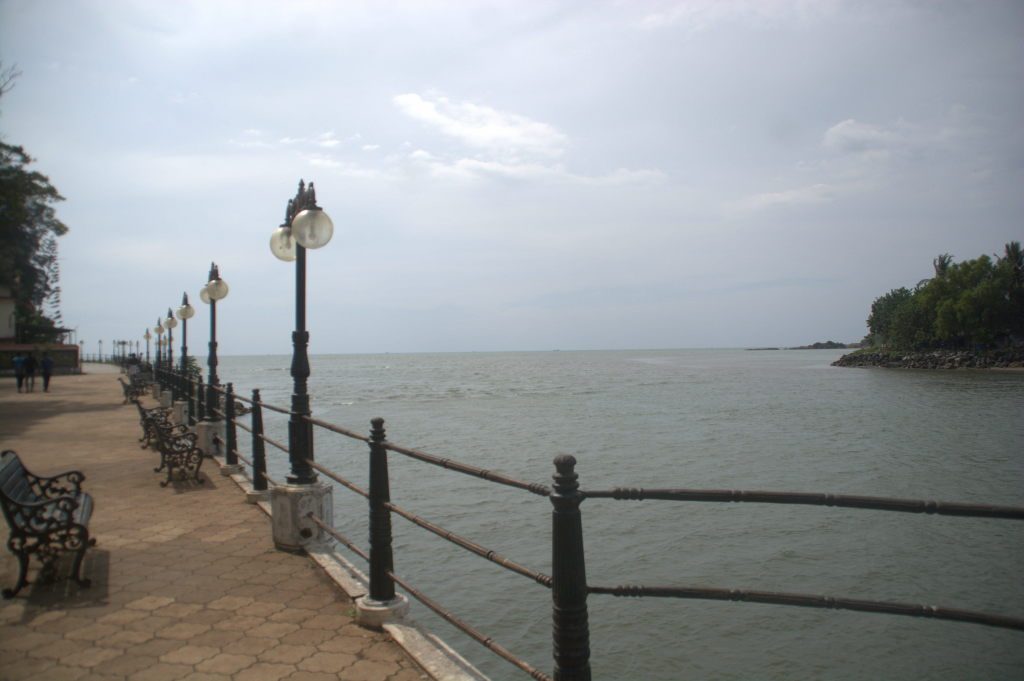
The promenade at Mahe, which is an enclave of Pondicherry union territory. Here, the Mayyazhi river meets the Arabian sea.
Thalassery: This city has a well-maintained sea fort. It is also documented to have a system of caves with colourful murals, but are now lost. German missionary, Herbert Gundert, made Thalassery his home and used it as a centre for most of his work in India. The bungalow of Gundert is now a public school. Such was Gundert’s command on Malayalam language that he was the first person ever to publish a Malayalam – English dictionary.
Peralassery: This village, situated off the highway between Kozhikode and Kannur, has a Shiva temple with a beautiful 7-tiered stepwell.
Kannur: The city, previously known as Cannanore, was the seat of the Islamic Arakkal dynasty and has a museum showcasing their collection of furniture and woodwork. Kannur is also near some of the best and the cleanest beaches we saw in all of India.
Kavvayi island: This is a small island off the town of Payyanur. The idyllic setting of coastal Kerala can be observed on this island and its people.
Bekal: Bekal has a commanding sea fort with a large campus. The views of the sea from the walls of the fort are so magnificent that the movie Bombay (released in both Hindi and Tamil in 1995), used this fort as the setting for the song ‘Tu Hi Re (Hindi) / Uyire (Tamil)’. The centre of the fort has a tower that is perched high above the rest of the fort. This tower was an addition by Tipu Sultan.
Kasargod: This town, with its famous Varadaraja Venkataramana temple, is at the tip of north Kerala. Going north from here will take you to Dakshina Kannada district and its headquarters Mangaluru.
Phase 3: Mountains of Malabar
The Western Ghats in the north-east of Kerala, previously known as the Malabar kingdom, are some of the most pristine forests you will see in all of India. Wildlife abounds in plenty here, with prized sightings being the black panther, Malabar python and the king cobra. The mountains of Malabar are mainly divided into two districts: Wayanad and Palakkad.
Kalpetta: This town is the headquarters of the Wayanad district. Usually tourists come to this town to find accommodation and then use it as a base to explore the best parts of Wayanad.
Edakkal caves: The caves on the top of a steep hill are famous for prehistoric writings.
Banasura dam: This is a lake to the north-west of Kalpetta, formed by a dam over Kabini river.
Soojipara waterfall: This is a 200-metre waterfall found off the highway between Wayanad district and Kozhikode.
Nilambur: Nilambur is a town in the Palakkad zone of the western ghats. It is a town famous for teak plantations and also a unique teak museum.
Palakkad: Palakkad is a city at the base of the western Ghats on the bank of Bharatapuzha river and is near several forest reserves such as Silent Valley. The city itself is famous for the Palakkad fort and an old tree with a huge branch span on the grounds of Victoria college.
Malambuzha dam and park: The Malambuzha dam is built on the river of the same name. Near the dam is a huge complex with cable cars, theme park, rope bridges, walkways and a botanical garden.
Nelliyampathy: This small hill station is off the highway between Palakkad and Thrissur. It is not very touristy and can be visited easily as a day trip from either Palakkad or Thrissur. Geographically, Nelliyampathy is quite close to Parambikulam forest reserve (covered in phase 1), but there are no tar roads between the two. Hence you must approach Parambikulam via Palakkad. At the base of Nelliyampathy hill is the Pothundy dam.
Phase 4: Southern Kerala (erstwhile Kochi and Travancore kingdoms)
Southern Kerala is what is usually shown on tourist pamphlets, with sea shores, backwater houseboats and traditional sea food. Southern Kerala commands the maximum share of tourism among all the tourist circuits of Kerala.
Kochi: The most commercially important city of Kerala, which also serves as a naval and commercial shipping base, is a city built and developed by the Portuguese. The city is divided into two islands: Fort Kochi and Willingdon, and main land: Ernakulam. The railway station, metro route and airport are both in Ernakulam. But Fort Kochi, with its heritage towns such as Jew Town and Mattanchery, is the more popular destination. The Willingdon island is a reclamation made mostly with the commercial port in mind. Fort Kochi also has a fantastic naval museum.
Alappuzha: Known alternatively as Aleppey, this town is at the confluence of three lakes: Punnamada, Vaikkom and Kumarakkom. The town makes for a great starting point for house boats that spend the night anchored to one of the lakes. Besides being a houseboat destination, Alappuzha is also the headquarters for the Coir Board of India, which is responsible for the development of industries producing products from coir, i.e. the fibre from a coconut shell.
Kottayam: This town is situated right between the lake district and the mountains of Idukki (the district where Munnar is). There are several buses connecting Kochi, Thiruvananthapuram and even towns from Tamil Nadu to Munnar.
Varkala: There are two parts to Varkala: the ancient Shivagiri Kshetra, an ancient Shiva temple, and the Varkala beach township: a modern town adjoining the beach and situated on a hillock towering over the beach. Scores of foreigners, tired of Goa’s crowded beaches, head to Varkala for a quieter holiday. They usually combine the backwaters of Alappuzha and the beaches of south Kerala in a single trip.
Thiruvananthapuram: The capital city of Kerala is famous for Ananthapadmanabha Swamy temple. The city’s name comes from the temple. Besides the temple, the city has the palace of the kingdom of Travancore, a large museum and zoo complex, a beach right near the airport (Shangumukham) and the state of the art ISRO (space research) facility.
Kovalam: This beach, shaped like the number 3, is 17 km south of Thiruvananthapuram. Like Varkala, several foreigners flock to this beach as part of a south Kerala holiday. At the centre of the shape 3, where the two arcs join each other, is a lighthouse.
Phase 5: Idukki district
Munnar: Munnar is the tea plantation town of Kerala. A idle pastime around the town is to walk through the viewpoints and look at the green vista of the mountain forests interspersed with tea plantations. Other good activities to do at Munnar are: go on a tour of a spice garden and see how various spices are grown, visit waterfalls, watch a Kathakali dance or a Kalarippayattu martial art show, learn about tea, its varieties and its lifecycle at the Kannan Devan tea museum.
Marayoor: Marayoor is a hill town on the Ghat between Idukki district in Kerala and Coimbatore district of Tamil Nadu. Marayoor has caves with prehistoric carvings. The town is surrounding by several landmark waterfalls such as Lakkam and Thoovanam.
Conclusion
A good route plan helps avoid confusion and apprehension in a travel as intense as all-India. It also helps you effectively cover every place in a big region by partitioning it into smaller phases. The above mentioned plan for Kerala worked for us, fitting with our other state and season-wise plans in India 360. However, do not assume that ours is the only way or the right way to explore Kerala. I can think of at least 5 alternative plans, the most sound of them being, entering Kerala from Mangaluru in Karnataka and exiting to Kanyakumari in Tamil Nadu, following a north-to-south route alternating between sea and mountains. If you want to enjoy a state in India and make a route plan, I have the following tips to offer: 1) Locate the main national highways / railway routes threading the state, 2) Determine an entry location, 3) Determine an exit location, 4) Cover as many places on your route as you can, savouring each of them, and 5) Spend as many days as you can within your deadlines, if any.

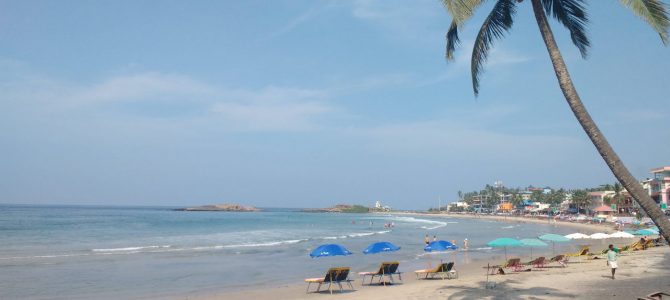
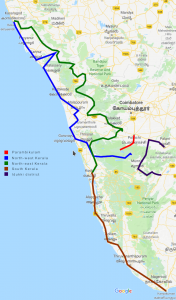
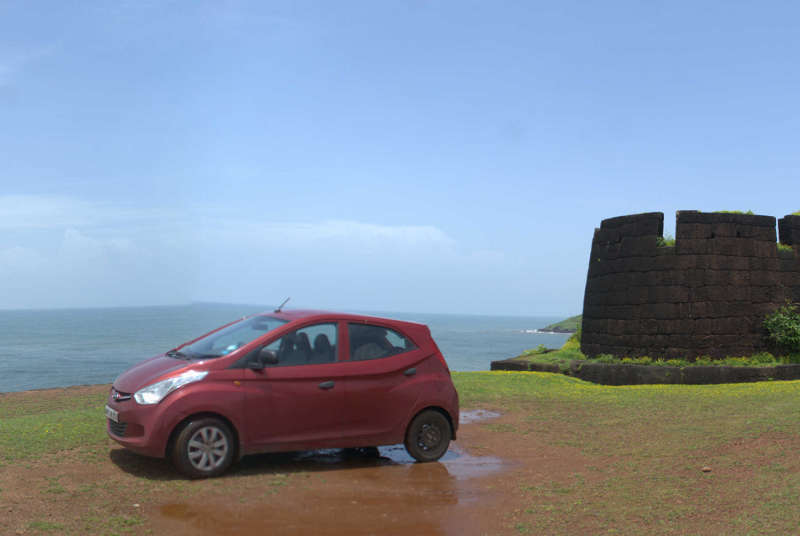
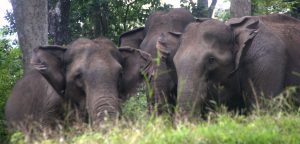

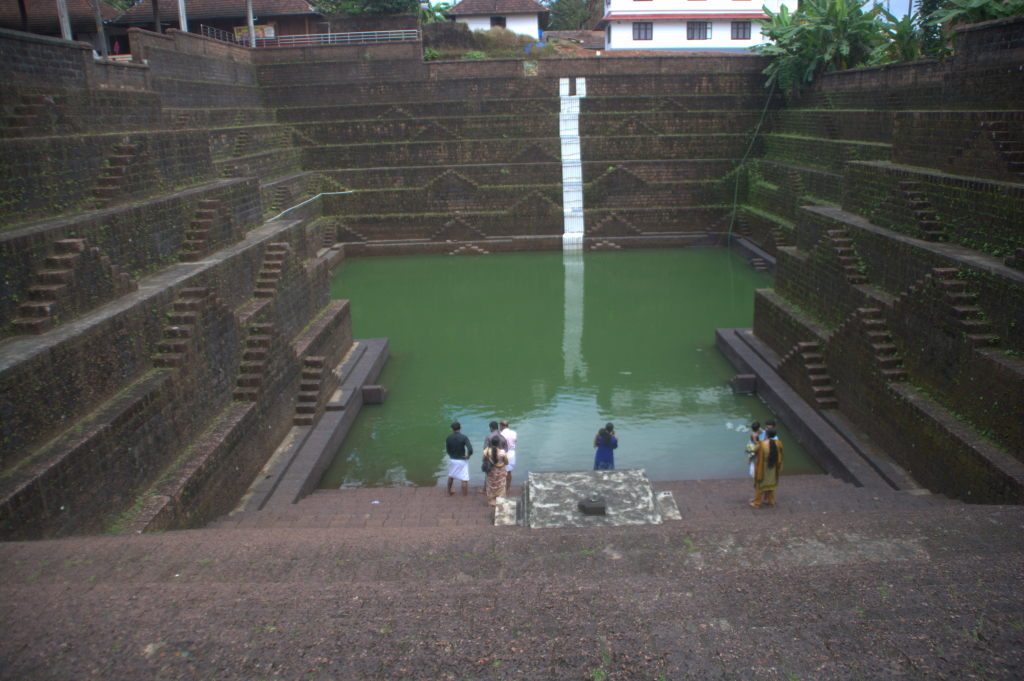
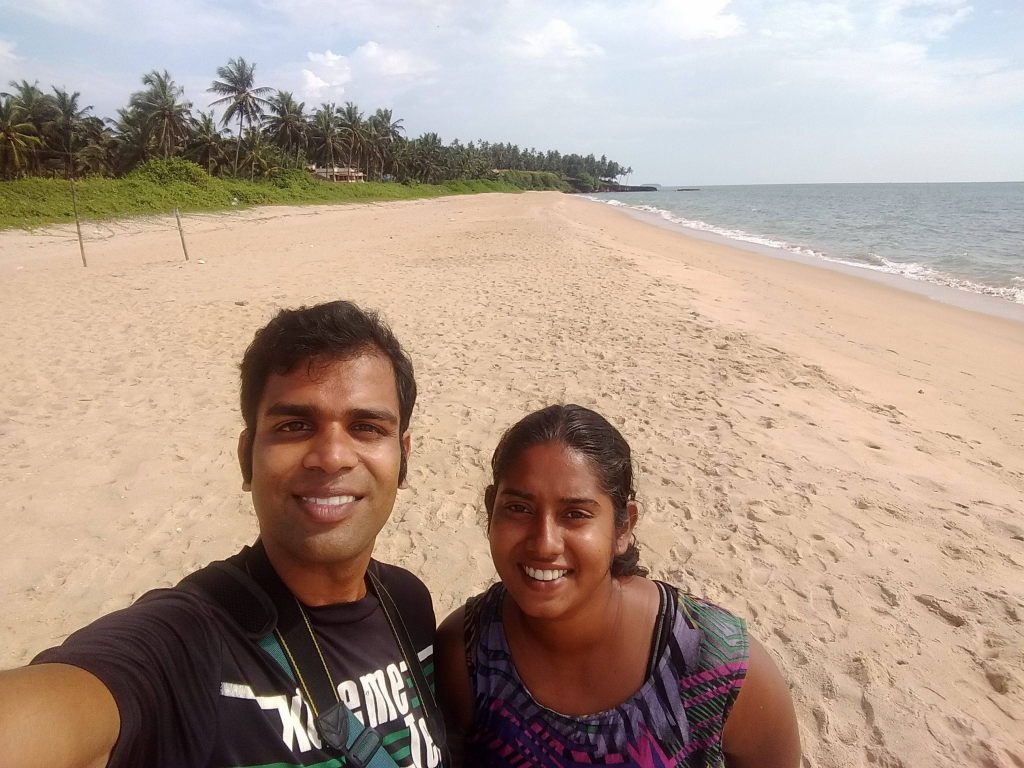
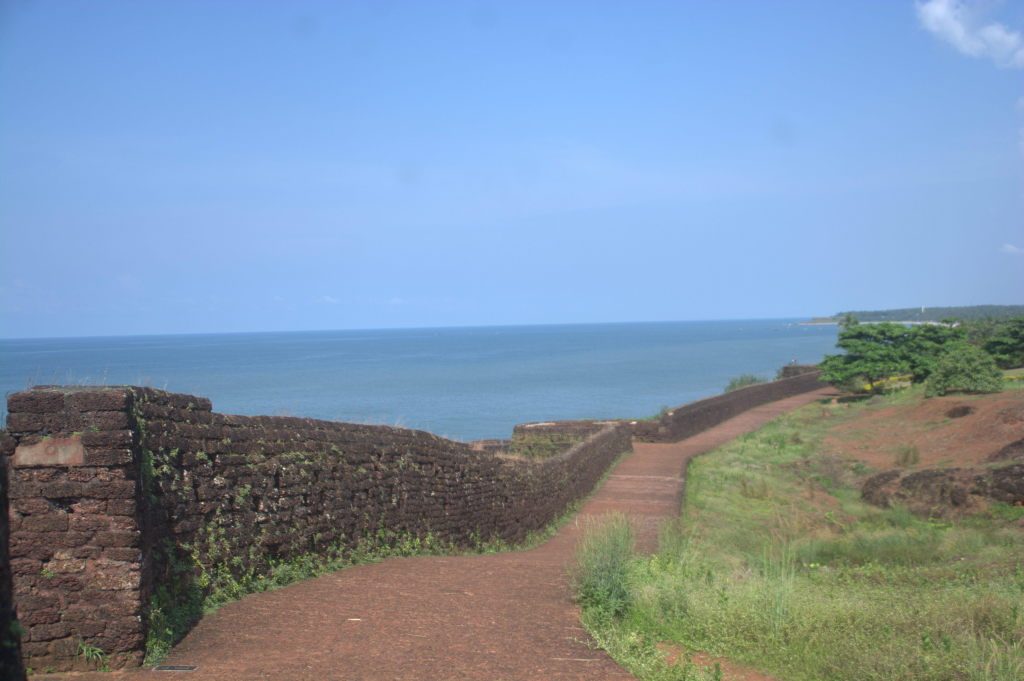
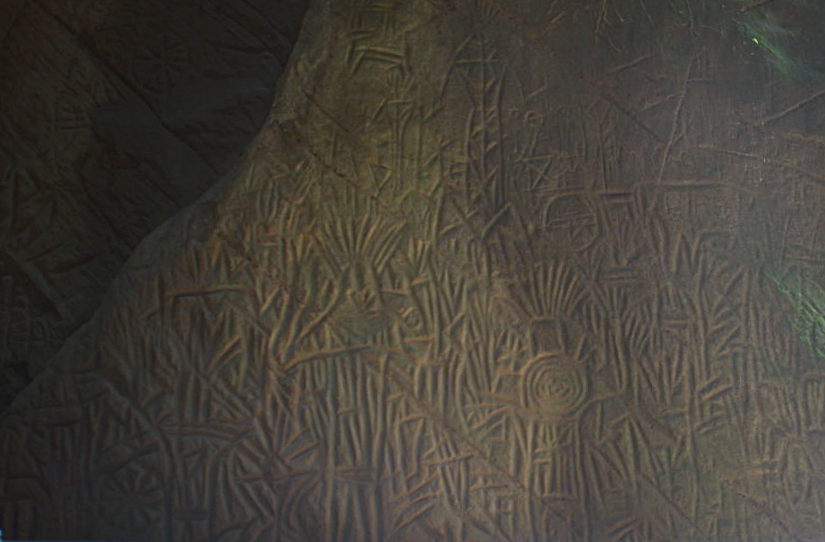

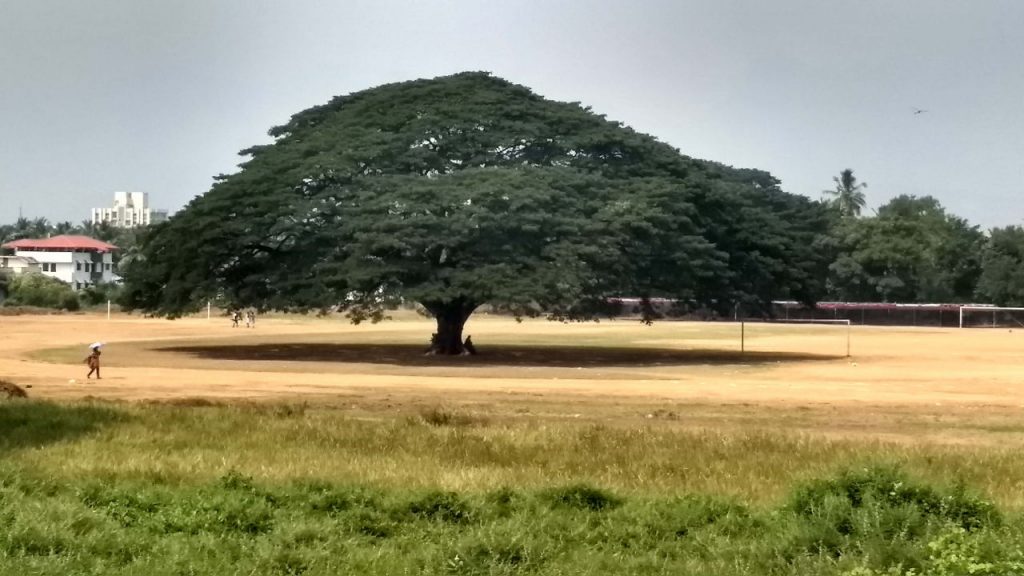

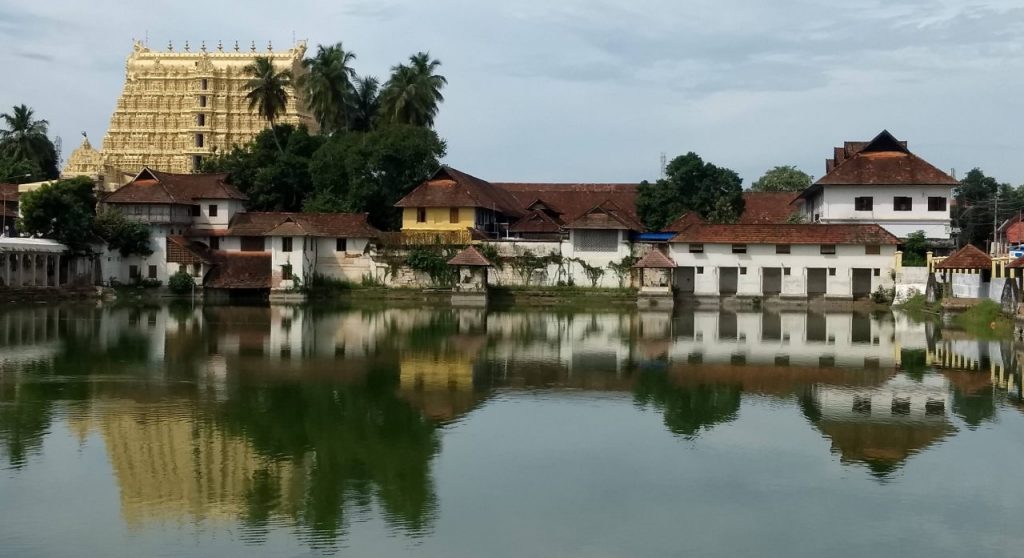

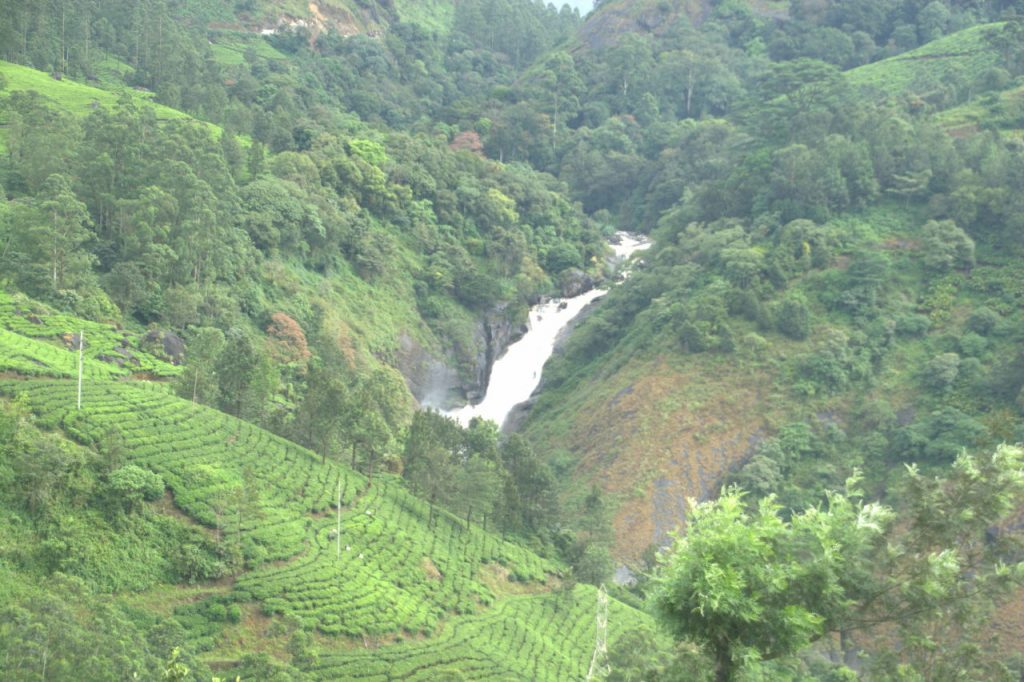
Nice coverage. Why not you send the details to the tourism department for publishing the same.
Good work done.
Pingback: How we covered it: Maharashtra Ghats | India 360